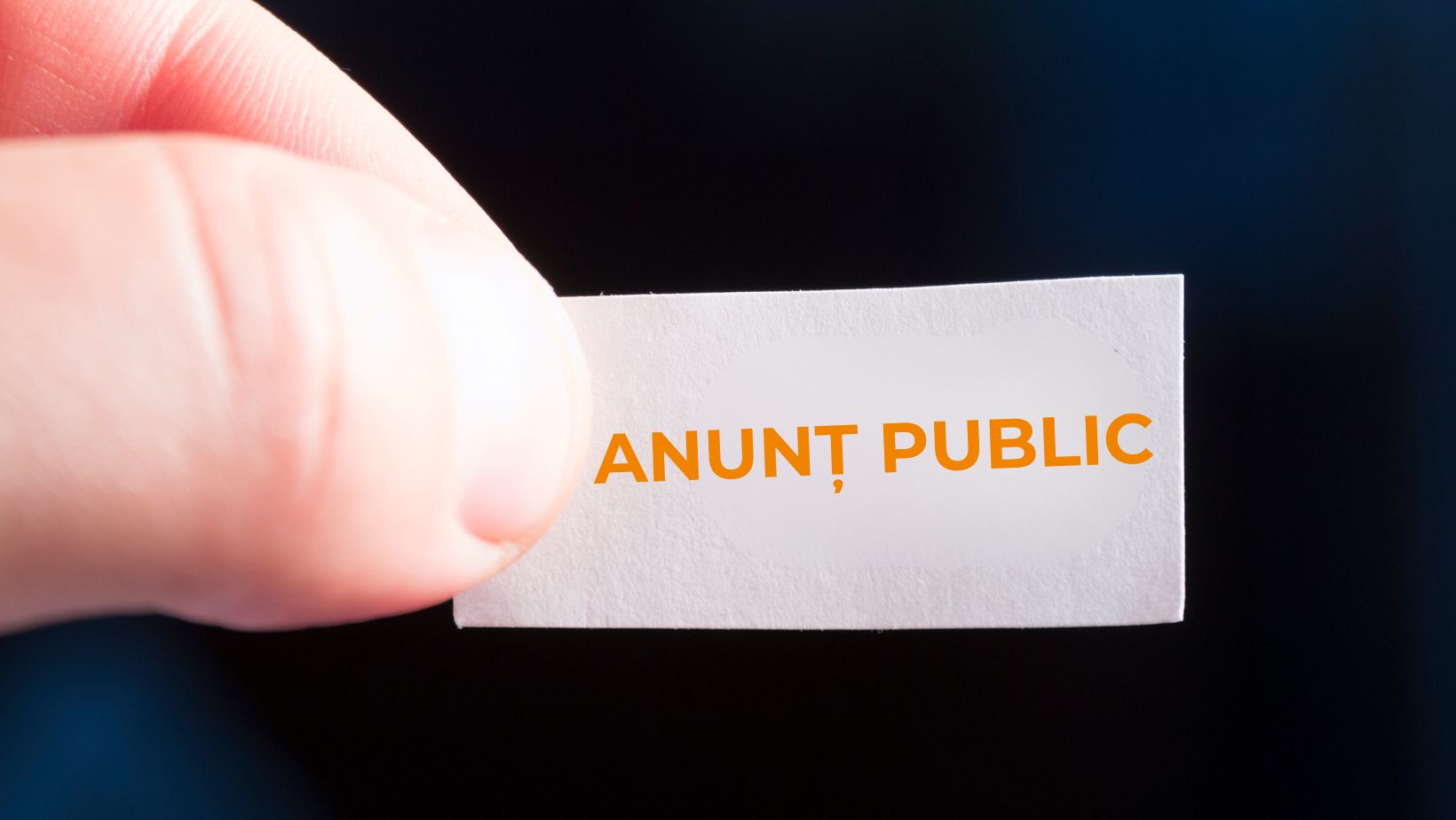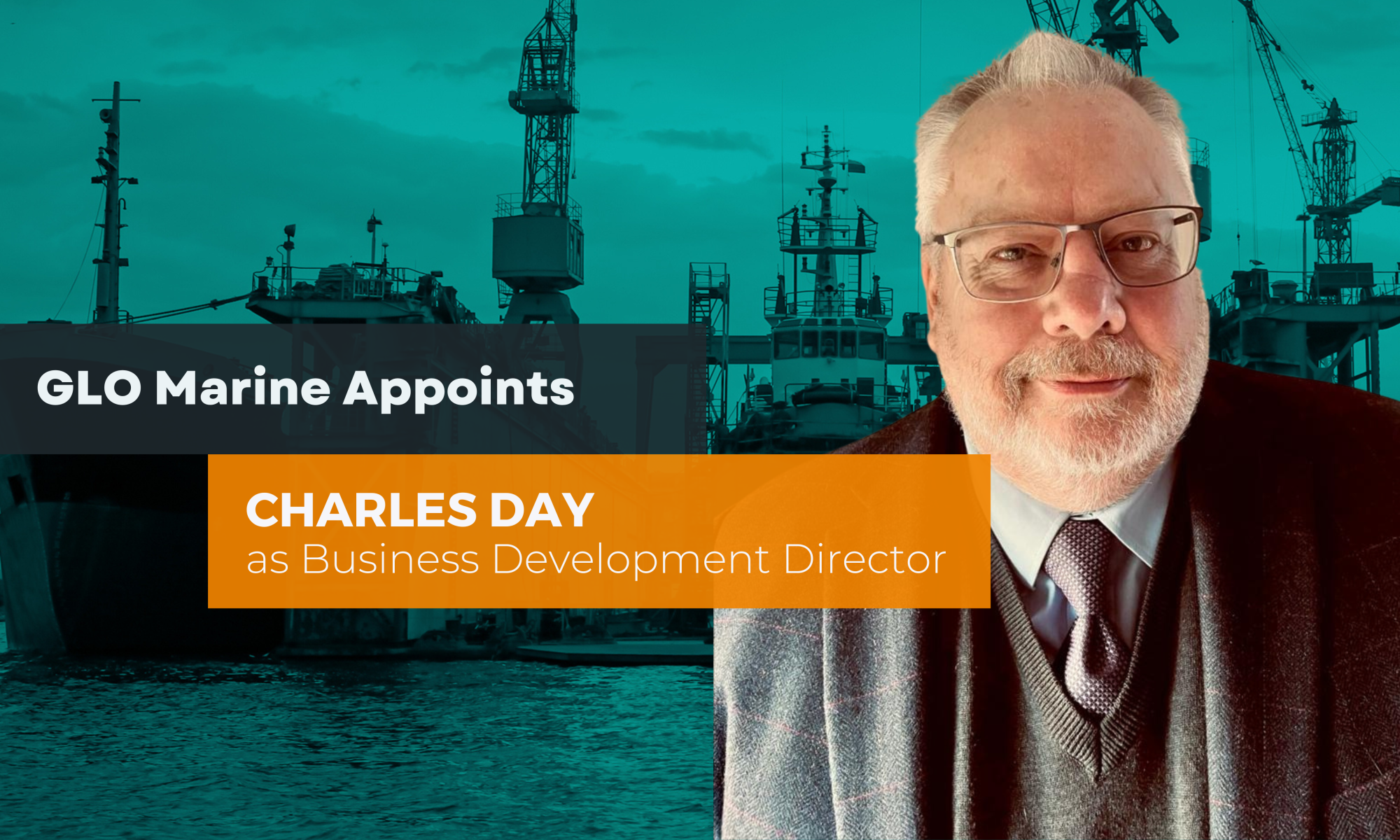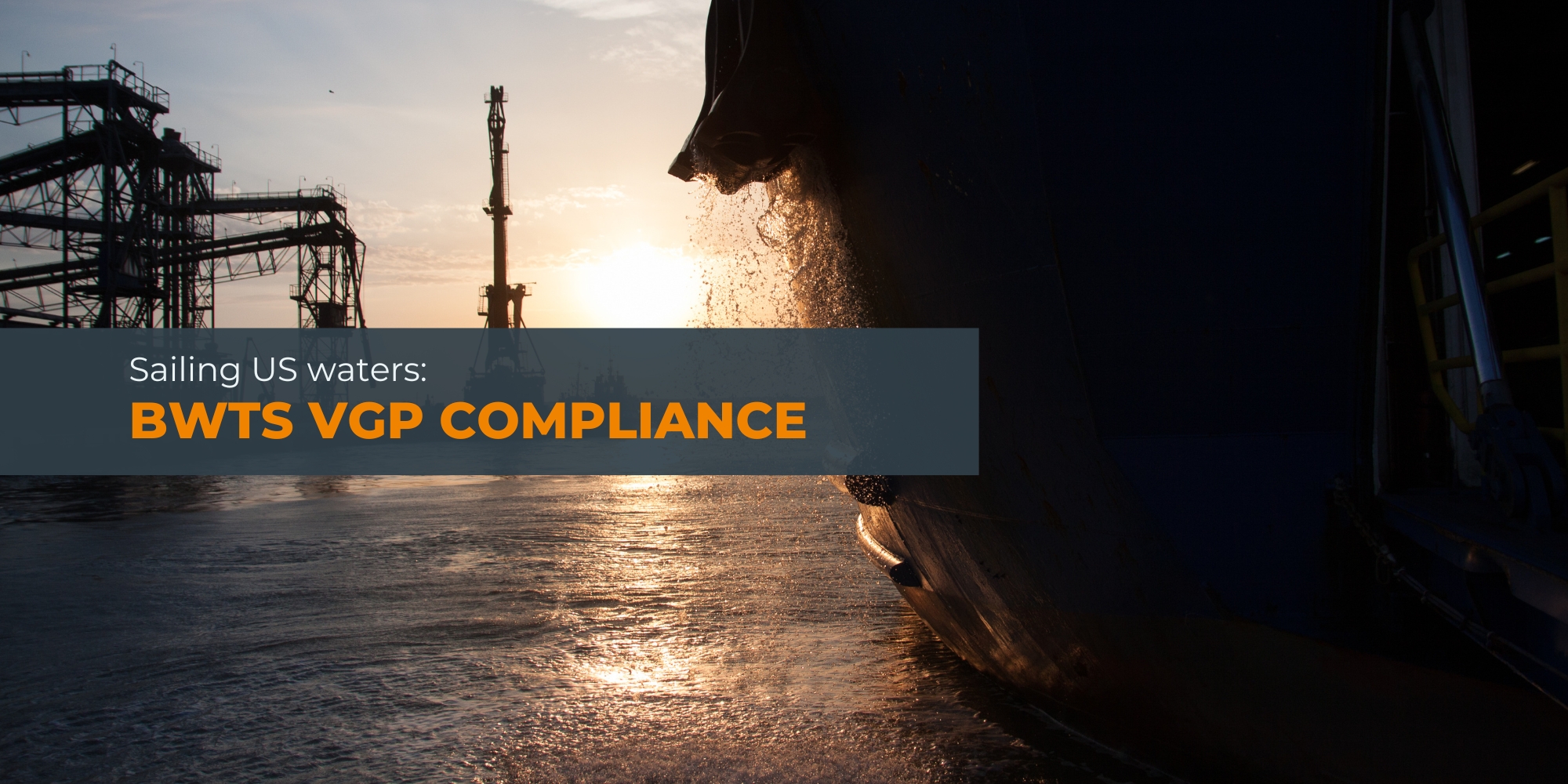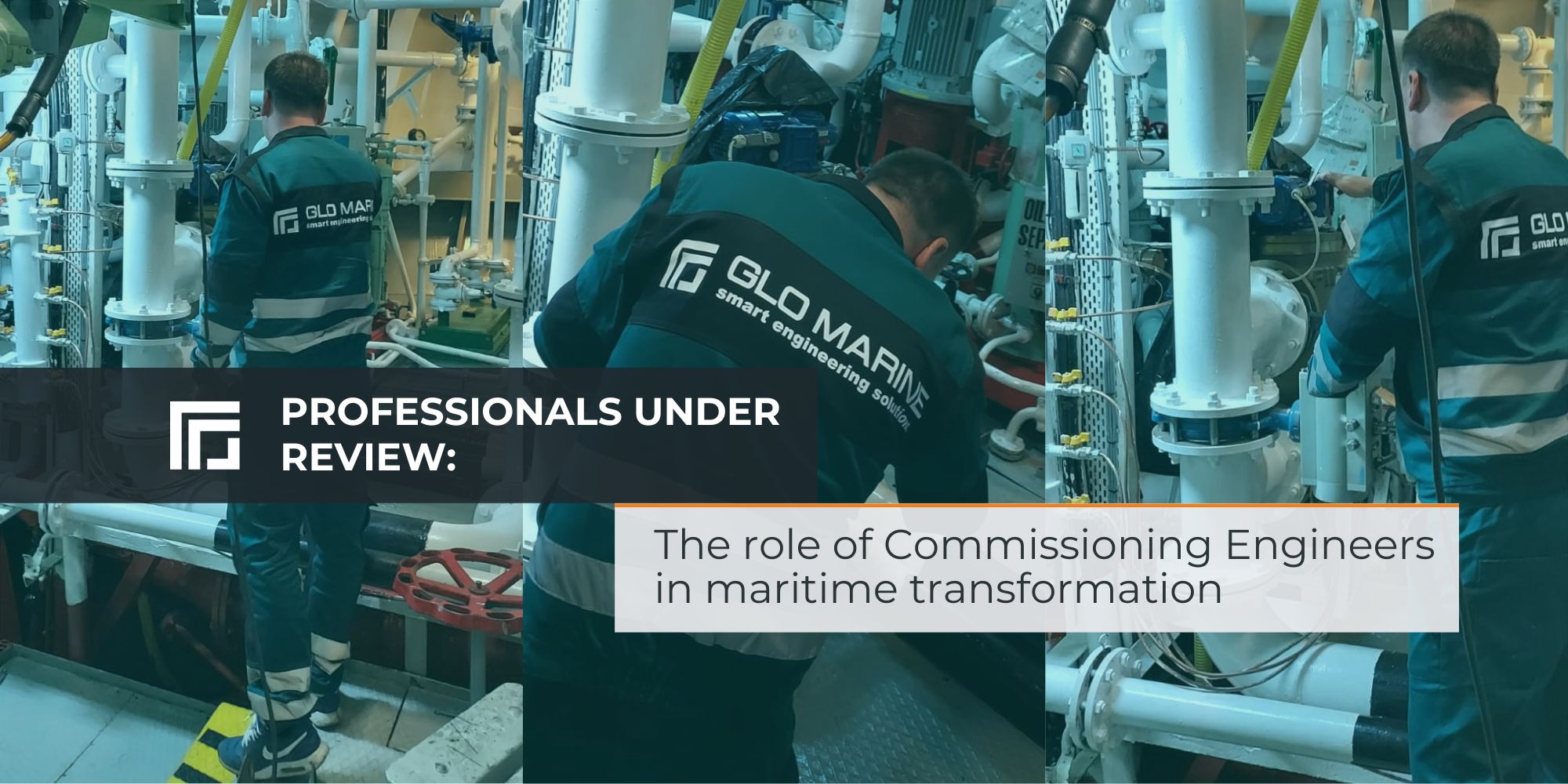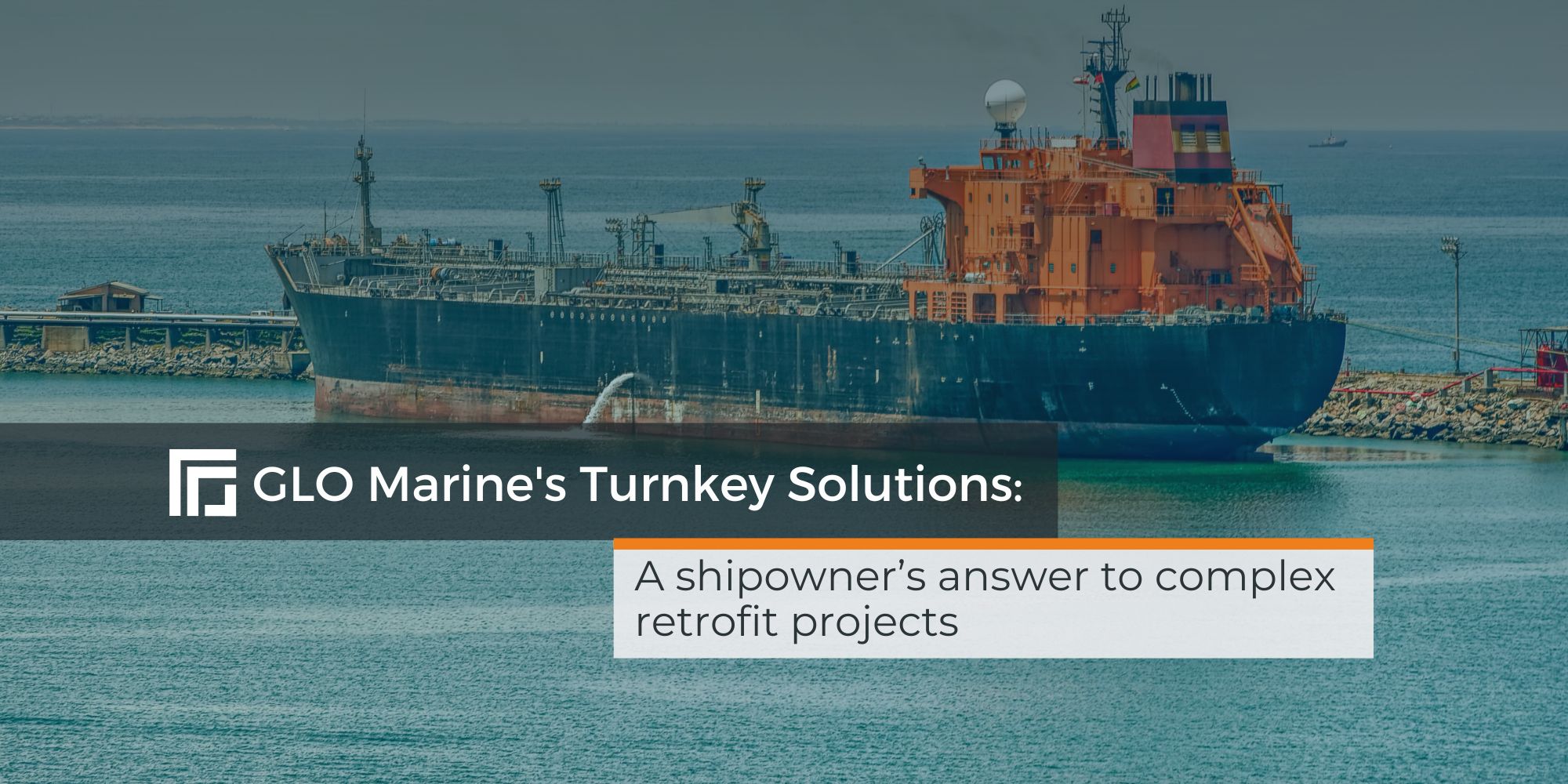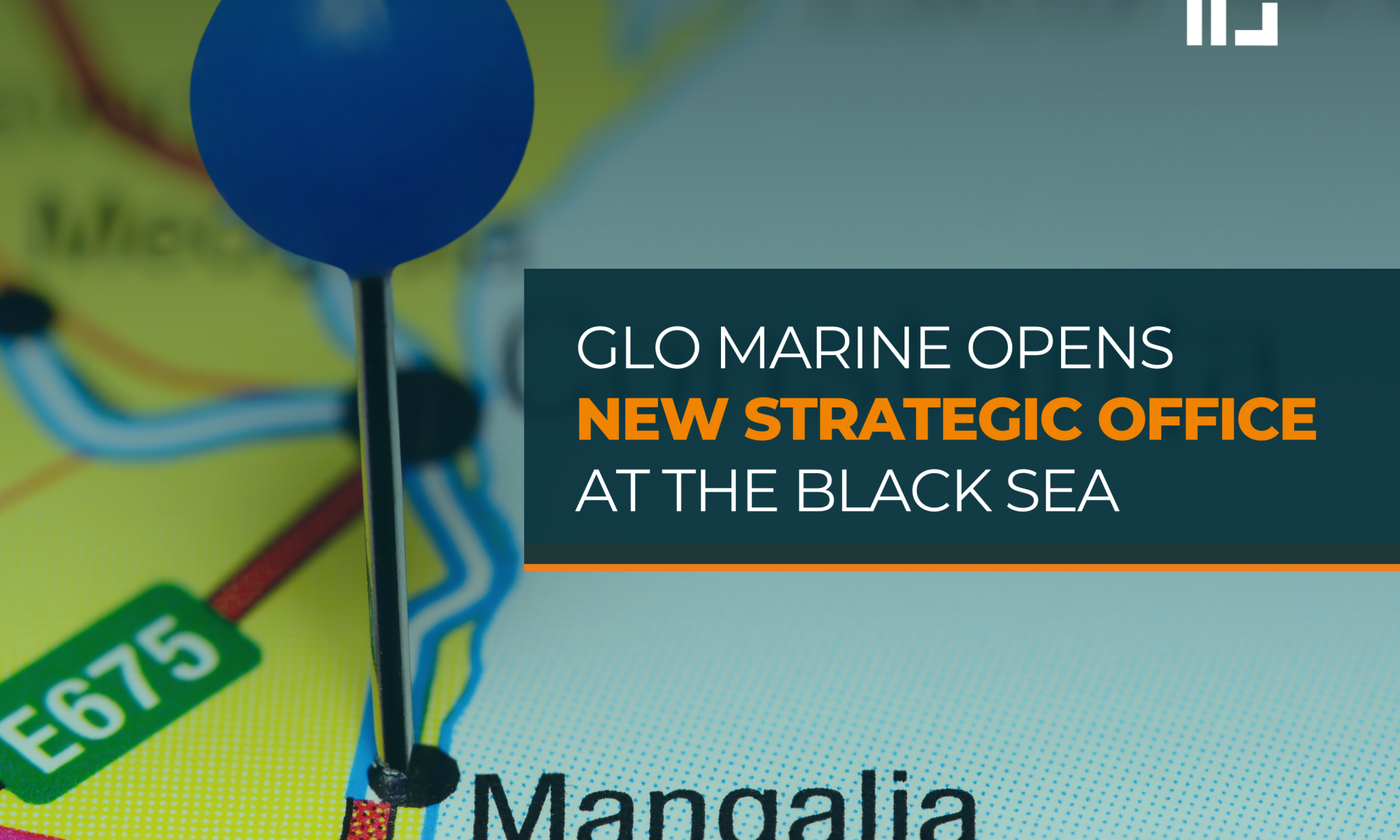GLO Marine is delighted to announce a groundbreaking strategic partnership with VMS GROUP DENMARK, a move that signifies our unwavering commitment to advancing sustainable practices within the maritime industry. This alliance is a natural progression of our longstanding and fruitful relationship, underpinned by a series of successful projects and a mutual dedication to fostering sustainability in maritime operations.
Synergizing Expertise for Sustainable Solutions
Our collaboration with VMS GROUP DENMARK, a leader in propulsion systems, is a testament to our shared expertise and vision. By combining GLO Marine’s specialization in vessel retrofits with VMS Group’s proficiency, we are poised to deliver comprehensive vessel upgrades with a strong emphasis on decarbonization. This partnership is set to redefine the standards in retrofitting, aligning with the latest green technologies to enhance vessel efficiency and minimize environmental impact.
Tailored Approach for the Offshore Energy Sector
Understanding the unique challenges of the offshore energy sector, our partnership is meticulously crafted to meet its specific demands. We recognize the need for rapid, expert solutions to minimize vessel downtime in this dynamic market. Our combined efforts are focused on delivering efficient, operationally aligned solutions that ensure seamless vessel operations in the offshore energy realm.
Expanding Global Reach and Enhancing Client Support
This strategic alliance significantly broadens our global footprint, enhancing the comprehensive support we offer to our clients. With an established presence in regions like Namibia and successful projects across Ivory Coast, Senegal, and South Africa, GLO Marine and VMS GROUP DENMARK are committed to supporting local industries and communities.
Clients will benefit from an extensive range of services, including streamlined procurement for essential installation and modification materials, from pipe prefabricates to electrical components and custom steel structures. Our collaboration ensures not only the sourcing of these materials but also their efficient logistical delivery.
Additionally, our suite of site support services, including installation supervision and skilled manpower provision, is designed to ensure smooth project execution, aligning with each project’s unique requirements.
Statements from Leadership
Liviu Galatanu, Managing Director of GLO MARINE, comments on this partnership: “This collaboration with VMS GROUP DENMARK is a significant milestone for GLO MARINE, aligning perfectly with our goal to excel in the retrofit business. We’re dedicated to meeting our clients’ needs and assisting them in transitioning to a greener, more sustainable maritime future.”
Palle Andersen, Engineering Manager at VMS Group, adds: “Our partnership with GLO Marine has been a natural fit from the start. It strengthens our capabilities in key areas like design and engineering, allowing us to deliver even smoother project execution. We’re excited to share our commitment to delivering sustainable solutions to the maritime industry.”
A Future of Sustainable Maritime Innovation
As the maritime industry navigates towards a sustainable future, GLO Marine and VMS GROUP DENMARK are at the vanguard of this transformation. Our strategic partnership is a pledge to excellence, offering unmatched services and solutions that cater to the evolving needs of maritime regulations and environmental stewardship.
In the sphere of maritime retrofits and modernization, our alliance with VMS GROUP DENMARK sets a new benchmark, embodying our shared commitment to maritime excellence and a sustainable future.

